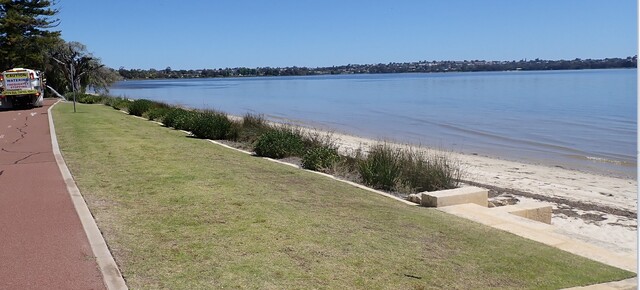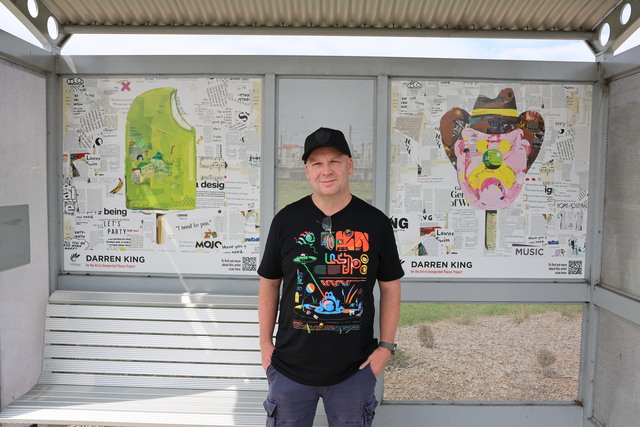Statistics show that bullying complaints have risen significantly and workers compensation injury claims have been steadily increasing. However, many of the situations leading to these statistics started as symptoms of conflict in work relationships.
It is a matter of priority that we respond to conflict when it arises, but with workplaces made up of a diverse group of people with a wide variety of needs and expectations, what can organisations do to reduce conflict?
The starting point is to recognise the likelihood of workplace issues arising ‘at some point’ and preparing to manage them as productively as possible. While many councils are trying hard to address conflict, the real shifts occur with a cohesive, systematic and realistic approach. A few things the Australian Disputes Centre’s workplace consultant Salli Browning suggests that councils can do are:
Establish meaningful conflict and complaint handling protocols from the local level upwards, including the Human Resources function.
Educate all levels of staff to raise issues productively within their organisation and provide training in conflict resolution-micro-skills that can be applied in a workplace relationship in a realistic way.
Train HR staff, managers, supervisors, employee representatives and specialist personnel such as Return to Work Coordinators in interventions such as mediation. These days it is essential that HR personnel and managers in high conflict prone environments complete mediation training. Mediation provides an effective framework for managing disputes and also provides training in many of the essential micro-skills.
Mediation training can also lead to National Accreditation and this creates a powerful professional development opportunity for the individual and the organisation.
Access independent expertise to assess conflict situations and provide recommendations.
Contact the Australian Disputes Centre at: disputescentre.com.au
*copy supplied by Australian Disputes Centre







